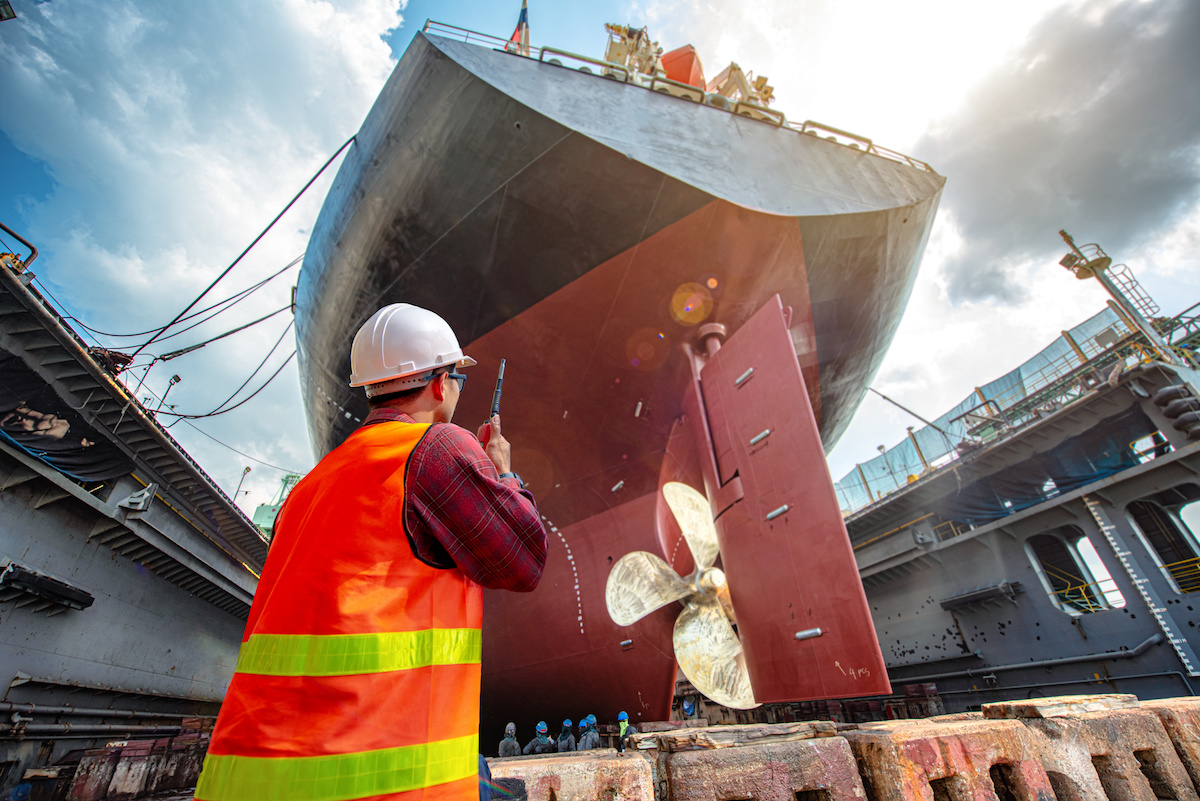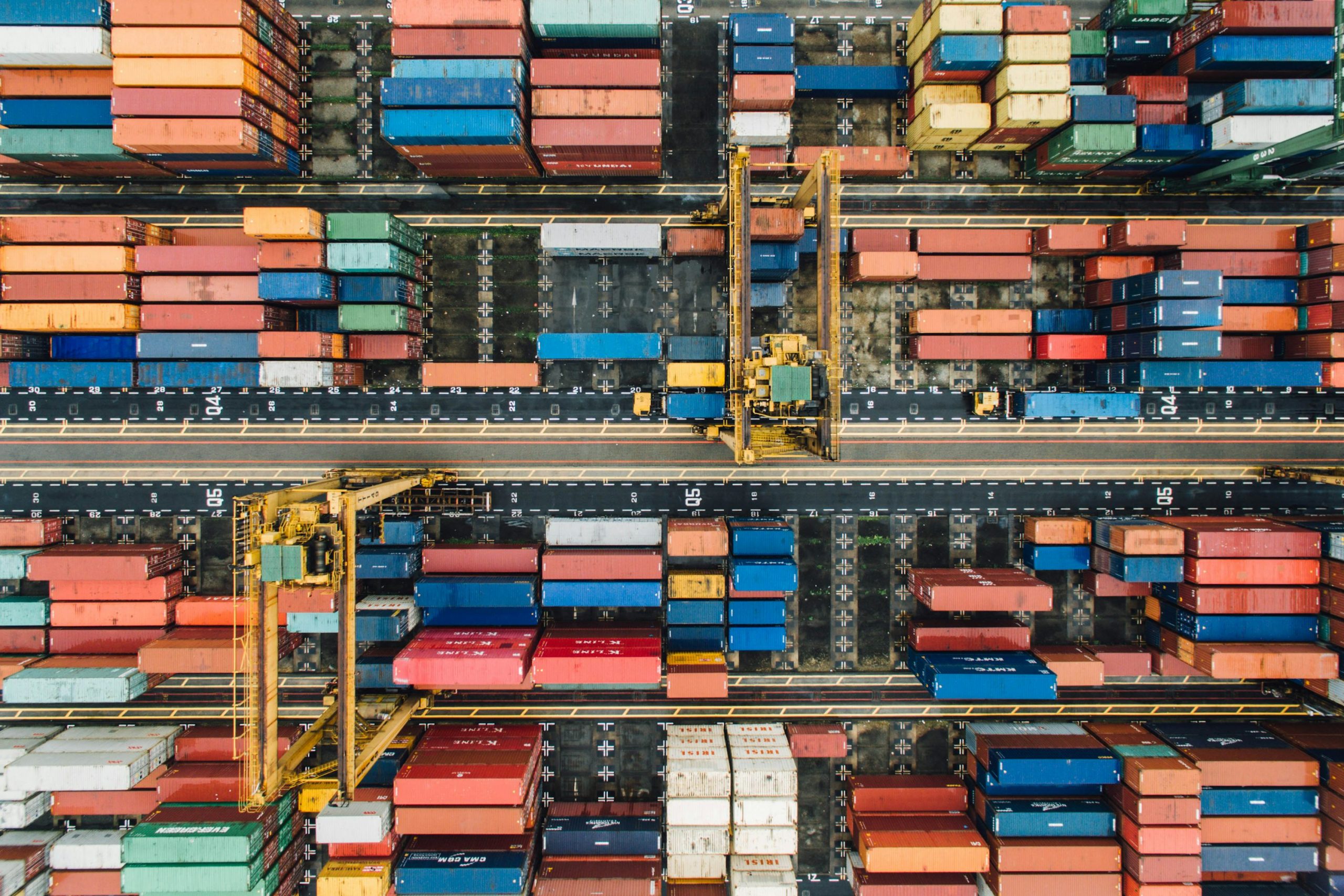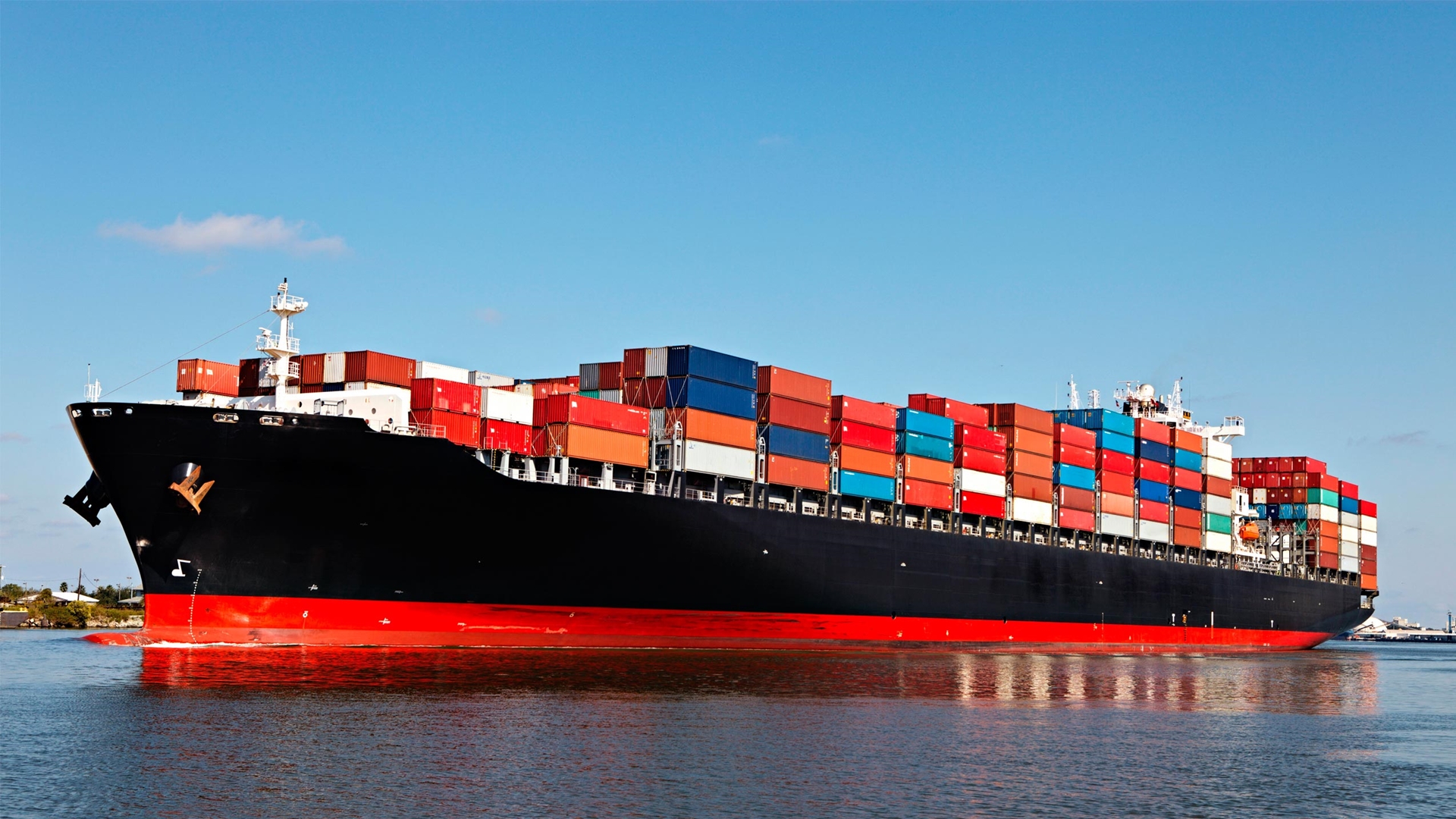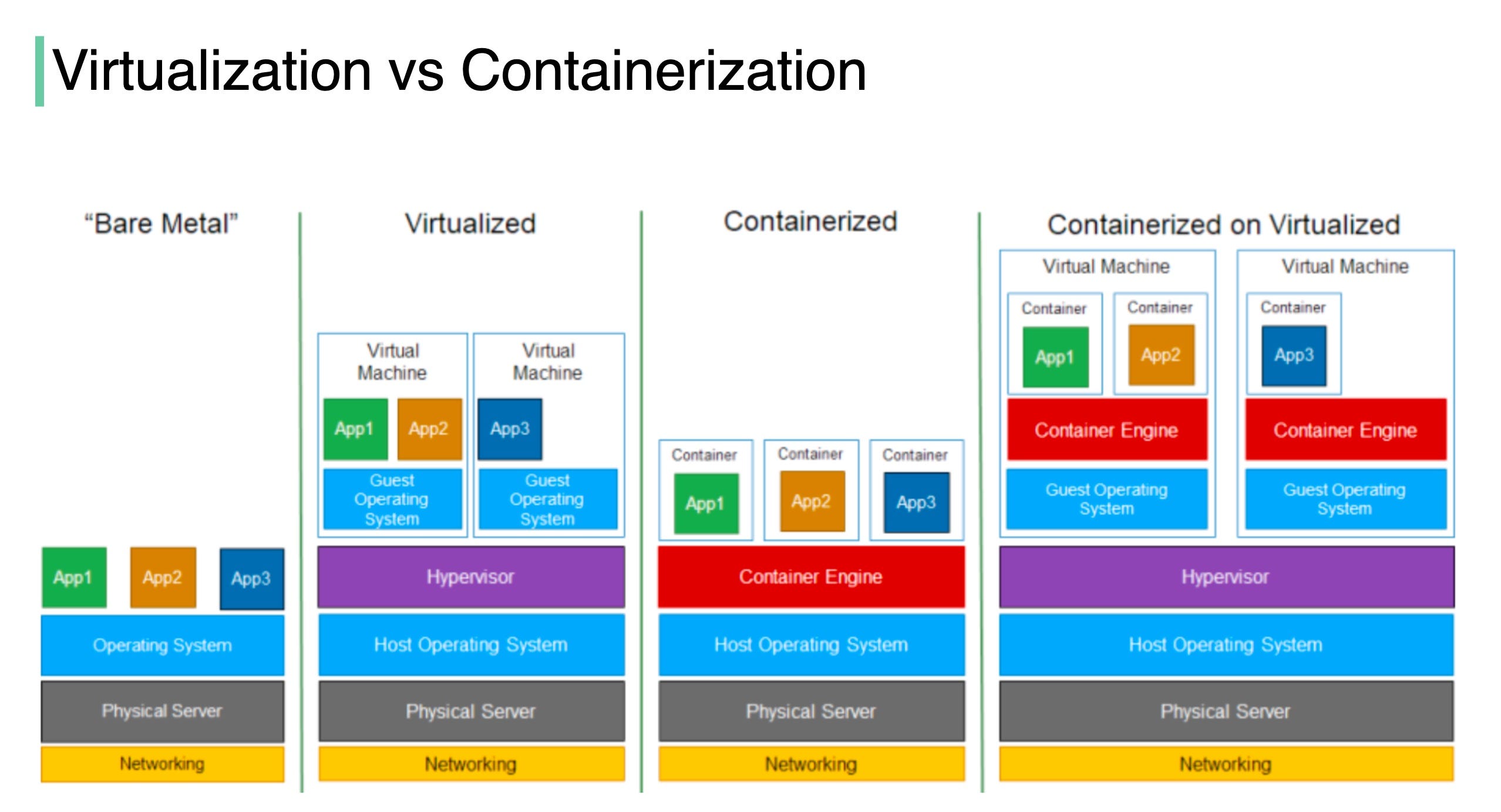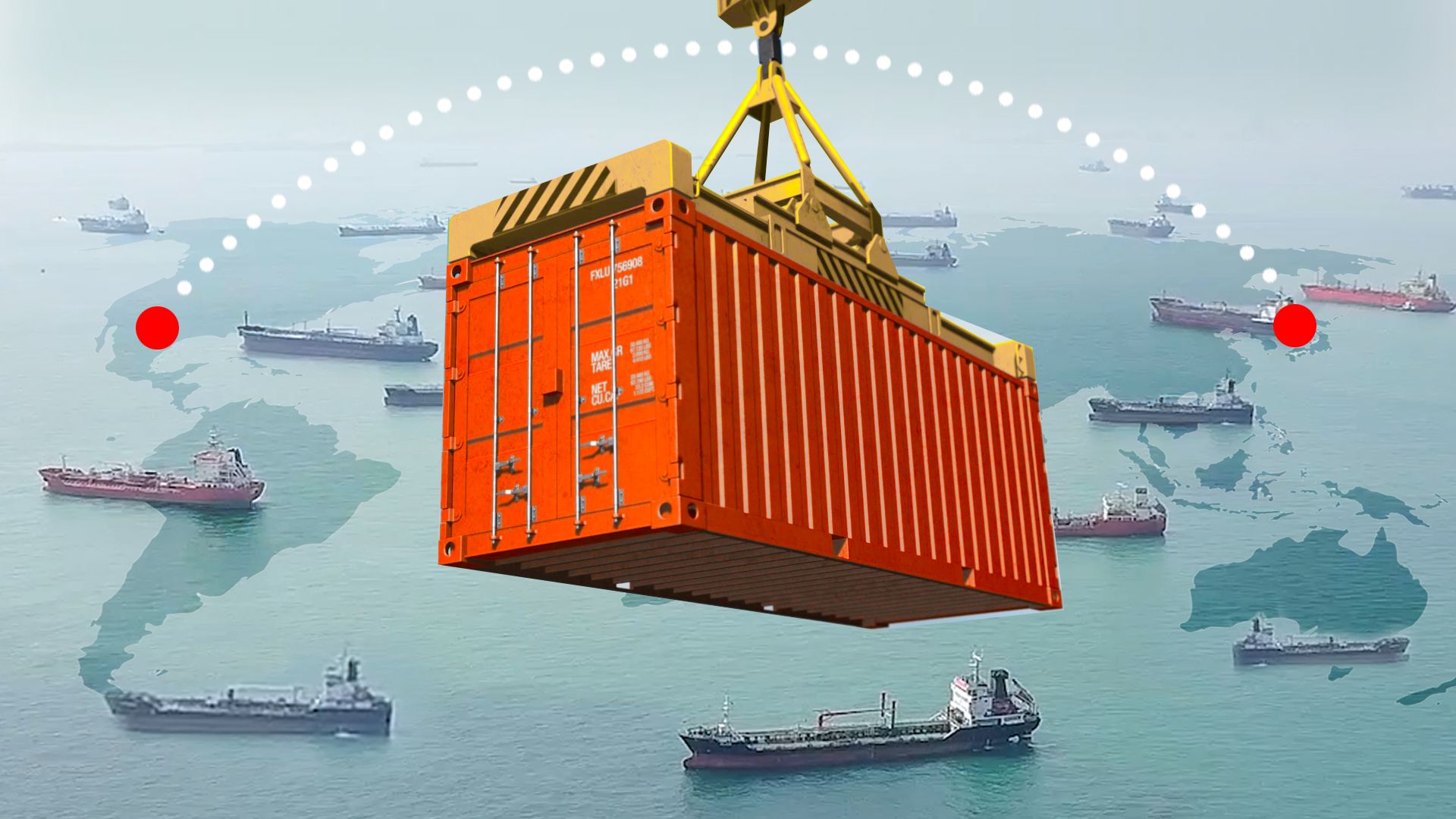A shipyard is a facility where ships are built, repaired, and maintained. These industrial complexes play a vital role in the maritime industry, contributing to global trade and transportation.
Key Facilities in a Shipyard:
- Dry Docks: These are enclosed structures that allow ships to be lifted out of the water for maintenance, repair, or construction.
- Slipways: Inclined ramps used to launch new ships into the water or haul them out for maintenance.
- Workshops: These facilities are used for fabricating and assembling ship components.
- Painting Shops: Where ships are painted to protect them from corrosion and to apply a protective coating.
- Engine Rooms: For the maintenance and repair of ship engines.
- Cranes and Lifting Equipment: Used to lift heavy components and materials.
Types of Ships Built in Shipyards:
- Commercial Ships: Cargo ships, tankers, container ships, and cruise liners.
- Naval Ships: Warships, submarines, and aircraft carriers.
- Fishing Vessels: Fishing boats of various sizes and types.
- Yachts and Pleasure Craft: Luxury yachts and smaller recreational boats.
Challenges and Future Trends
Shipyards face several challenges, including:
- Rising Costs: The increasing cost of materials, labor, and technology.
- Environmental Regulations: Stricter environmental regulations can impact shipbuilding processes.
- Global Competition: Competition from other shipbuilding nations can affect market share.
To address these challenges, shipyards are adopting advanced technologies and innovative techniques, such as:
- Modular Construction: Building ship sections in modules and assembling them later.
- Automation and Robotics: Using automation to improve efficiency and reduce labor costs.
- Sustainable Shipbuilding: Implementing eco-friendly practices to minimize environmental impact.
Shipyards are essential to the global maritime industry, and their role will continue to evolve as technology advances and the demand for efficient and sustainable shipping increases.

